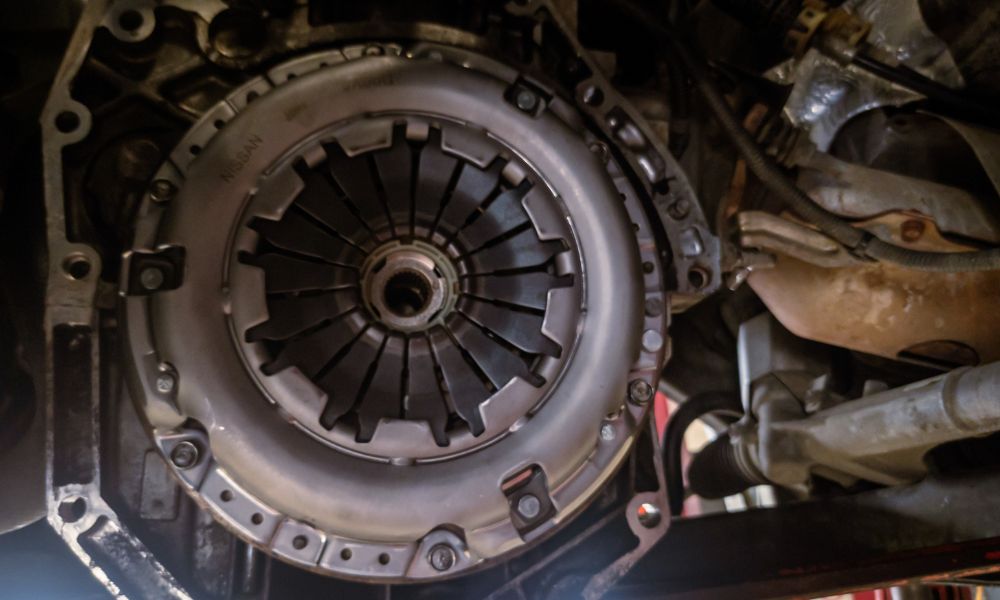Signs Your Hydraulic Clutch Lines May Need To Be Replaced

For the select few who revel in the art of driving, a manual transmission is not just a mode of transport; it's a symphony of mechanical precision. The hydraulic clutch system, an unsung hero among the cacophony of internal combustion, plays an integral role in this mechanical ballet, ensuring seamless gear changes.
But what happens when this instrument begins to falter? We're here to help you decode the telltale signs your hydraulic clutch lines may need to be replaced.
Understanding a Hydraulic Clutch System
Before we pop the hood and take stock of the situation, it's pivotal to understand how hydraulic clutches and their lines work. Hydraulic systems use a master cylinder, a hydraulic line, and a slave cylinder to transfer the driver's input from the clutch pedal to the gearbox. The fluid pressure, neatly transmitted by the clutch lines, undoes the grip of the clutch and ushers in the next gear with grace.
The Role of Clutch Lines
Imagine the hydraulic clutch system as a string quartet. The clutch lines play a vital role in the fluid transmission of operatic gear-shifting. While the master and slave cylinders often hog the spotlight, the clutch line's responsibility is no less profound, carrying the pressure without missing a beat.
Recognizing Clutch Line Warning Signals
Knowing when a crucial car component like the clutch line is nearing the end of its life can make the difference between a routine replacement and a catastrophic engine stall mid-drive. Here are the signs you should never overlook.
Stiff Clutch Pedal
When the once-reliable clutch pedal becomes stiff as a board, it's not just a pushback at your foot; it's a clear signal of resistance stemming from the lines or cylinders. A challenging pedal should be your cue for a closer inspection.
Fluid Leaks
Spotting a puddle under your car might signify a ruptured relationship between your old clutch line and the hydraulic fluid it's meant to contain. Leaks are more than a garage floor spoiler; they're an environmental hazard and symptom of a sick clutch system.
Shifty Engagement Points
Another sign your hydraulic clutch lines may need to be replaced is if the engagement point of your clutch has started playing hide-and-seek. This misdirection could stem from line deterioration, altering fluid pressure transmission, or gear engagement.
Spongy Pedal
A once-solid pedal turned spongy or soft is a clear sign of fluid leakage or air infiltration in the system. The clutch lines quietly soak up these operational detriments, delivering a less precise pedal response.
Replace Lines and Hydraulic Clutch Components at Clutch Masters Industries
Your clutch system's fluid, including the clutch line, isn't just another automotive fluid; it's the lifeblood of your car's manual operation. Recognizing the signs of a worn or malfunctioning clutch line gives your car a fighting chance for a longer, more vigorous driving life.
If you've noticed these signs in your car and are looking for a new hydraulic clutch for sale, we've got you covered. Our expansive inventory includes high-performance clutches and clutch components that ensure drivers can enjoy their vehicle's maximum performance and durability. Browse our selection of parts online today!


